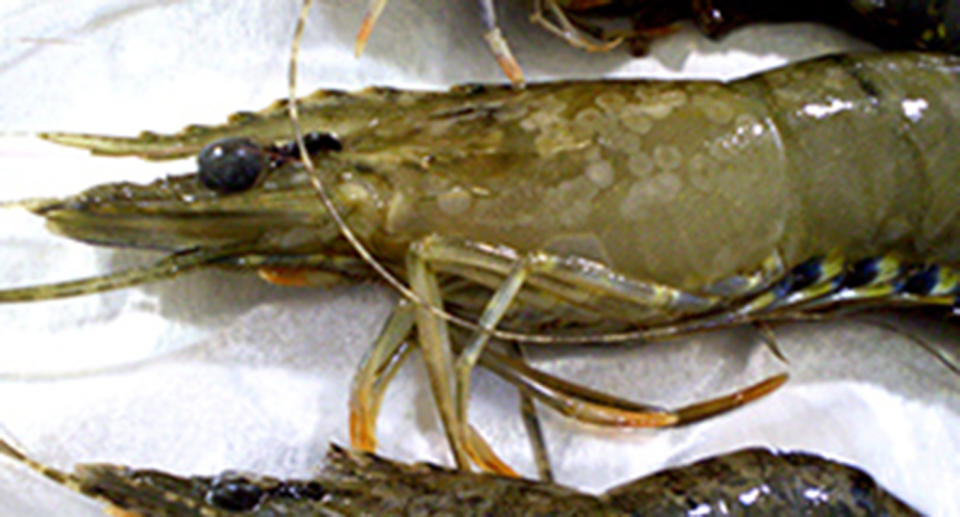Infected prawns detected in Queensland supermarkets
The deadly white spot virus has been detected in prawns being sold at southeast Queensland supermarkets, reigniting warnings of the risk posed to local stocks.
Prawns bought from 10 retail outlets and tested for the virus by University of the Sunshine Coast professor Wayne Knibb found about one third had been or were infected.
“Clearly, if we can find in a very limited sample 30 per cent of samples that were in the history connected or in contact with the virus, then clearly we’re playing with fire here,” Professor Knibb told the ABC’s Four Corners.
Australia has long been one of the few countries with a prawn farming industry that has remained free of white spot disease, that is more commonly found in Asia and the Americas.

The disease is primarily spread through the movement of infected animals or contaminated water. Birds that feed on and move infected animals can spread the disease.
This is why it is critical that people fishing in Australia’s waterways do not use prawns intended for human consumption as bait.
What you need to know about infected prawns
They have a loose shell with visible white spots and pink to red discolouration
Infected prawns are still safe to eat and do not pose any threat to human health or food safety
The disease can cause mass mortality in prawn farms
It can spread to other crustaceans including crabs, yabbies’ and lobsters.


